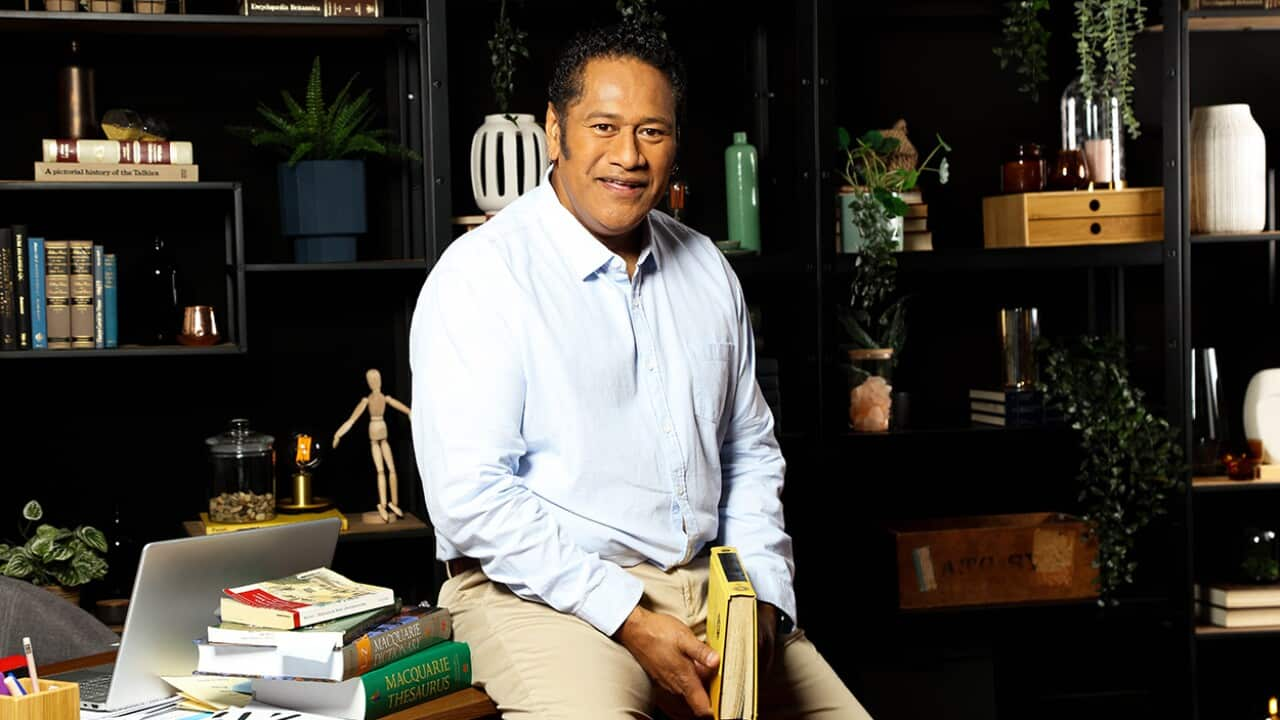How’s this for a high-concept historical potboiler? In post-World War One France, former frontline medic Louise Kerlac (Laura Smet) loses her job to a returning soldier, and with it the only income for herself and her veteran brother, Antoine (Tom Hygreck). Antoine has a job waiting for him with the Paris Sûreté, but he’s suffering from devastating PTSD and has dedicated himself to his painting.
If things aren’t bad enough, Louise witnesses the murder of a family friend, seemingly by government agents, and finds herself implicated in the killing. The solution to both problems? Disguise herself as a man, take on Antoine’s identity and police job, and investigate the murder herself. What could possibly go wrong?

‘La Garçonne’ Source: SBS
Down and out with the lost generation
Plenty, of course: La Garçonne is a fast-paced, lurid and endlessly fascinating thriller set in a fast-paced, lurid city in one of its key eras. To say that the Paris of the 1920s was a wild town is a huge understatement; while all of Europe, and the rest of the world to a lesser degree, was reeling in the aftermath of the First World War’s mass slaughter, Paris was one of the focal points of massive cultural, societal and artistic change in the years between the wars (the other, funnily enough, was Weimar-era Berlin).
The accepted wisdom is that the horrors of the war preceded a period of mad hedonism and iconoclasm – having been through hell, people either wanted to party like there was no tomorrow, or else tear down pre-existing social structures which were clearly no longer fit for purpose – or both. The upheavals of the war also left countless people adrift far from home. Paris, already a city of global cultural importance, became home to a heady mix of radical thinkers, artists and aesthetes from all corners of the globe. While Gertrude Stein hosted salons for the Lost Generation of American writers like Ernest and F. Scott Fitzgerald, and dancer Josephine Baker and her contemporaries tantalised cabaret audiences and scandalised the authorities, Picasso, Dali and their surrealist cohort colonised Montparnasse and set about rewriting the artistic rulebook.
Paris, already a city of global cultural importance, became home to a heady mix of radical thinkers, artists and aesthetes from all corners of the globe. While Gertrude Stein hosted salons for the Lost Generation of American writers like Ernest and F. Scott Fitzgerald, and dancer Josephine Baker and her contemporaries tantalised cabaret audiences and scandalised the authorities, Picasso, Dali and their surrealist cohort colonised Montparnasse and set about rewriting the artistic rulebook.

Laura Smet in ‘La Garçonne’ Source: Distributor
More than a haircut
Into this strides Louise in the guise of Antoine, her hair cut short, her breasts bound tight, her mannerisms as masculine as possible (an early sequence where she practises being manly echoes Mrs. Doubtfire, of all things). For all the deconstruction and shattering of norms going on, some rules remained inviolate: the French police didn’t allow female officers until 1968, for one thing. But the social mores were certainly shifting, and women were rebelling against the feminine fashion paradigm by cutting their hair short and venerating a flat-chested, boyish body type: the “flapper” look.
So it is that Louise’s affected androgyny allows her to adopt not one false identity, but two. By day, she’s police detective Antoine, drab-suited and gruff-voiced. By night, when her investigations take her into the dancehalls of the demimonde and the studios of the art scene (artists Man Ray, Jules Pascin and Modigliani even get cameos), she becomes the alluring flapper Giselle, ditching her fedora for a cloche and a string of pearls, but keeping the hair (indeed, the series title, La Garçonne, refers to the French term for the iconic flapper ‘do).
The show’s key irony is that Louise’s aesthetic changes to make her more masculine also make her an avatar of the feminine ideal of the age: while government institutions cleave to strict gender norms, Louise embraces fluidity, and is able to traverse classes and subcultures with ease, taking the audience with her. Identity, sexuality, gender, social position and more are all up for grabs in La Garçonne. The series playfully and provocatively blurs the lines between male and female, gay and queer, cop and criminal, steeping us in the intoxicating world of 1920s Paris while still delivering a captivating crime drama. That’s a heady cocktail.
Identity, sexuality, gender, social position and more are all up for grabs in La Garçonne. The series playfully and provocatively blurs the lines between male and female, gay and queer, cop and criminal, steeping us in the intoxicating world of 1920s Paris while still delivering a captivating crime drama. That’s a heady cocktail.

Laura Smet and Grégory Fitoussi in ‘La Garçonne’ Source: Distributor








